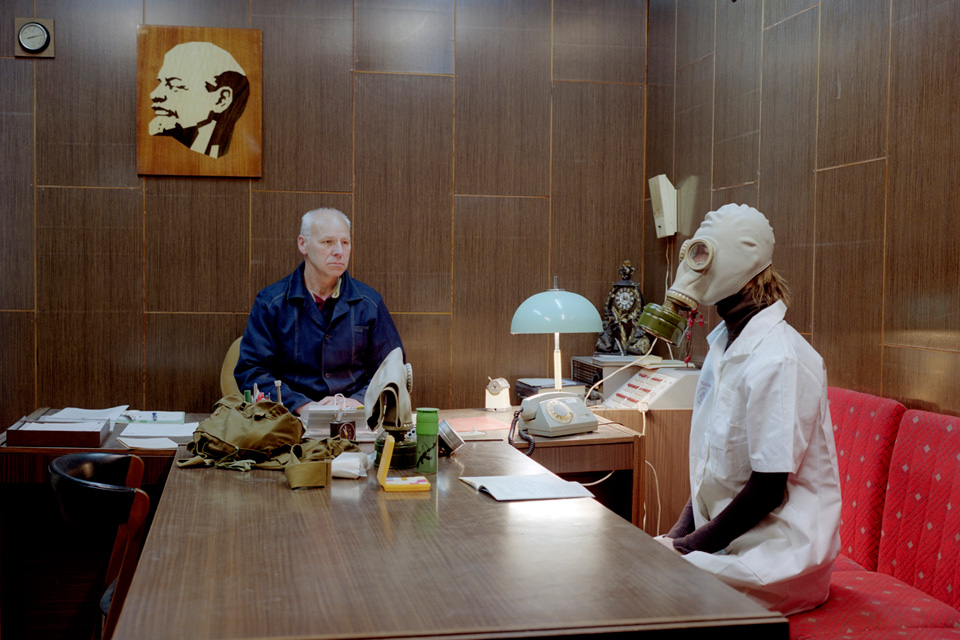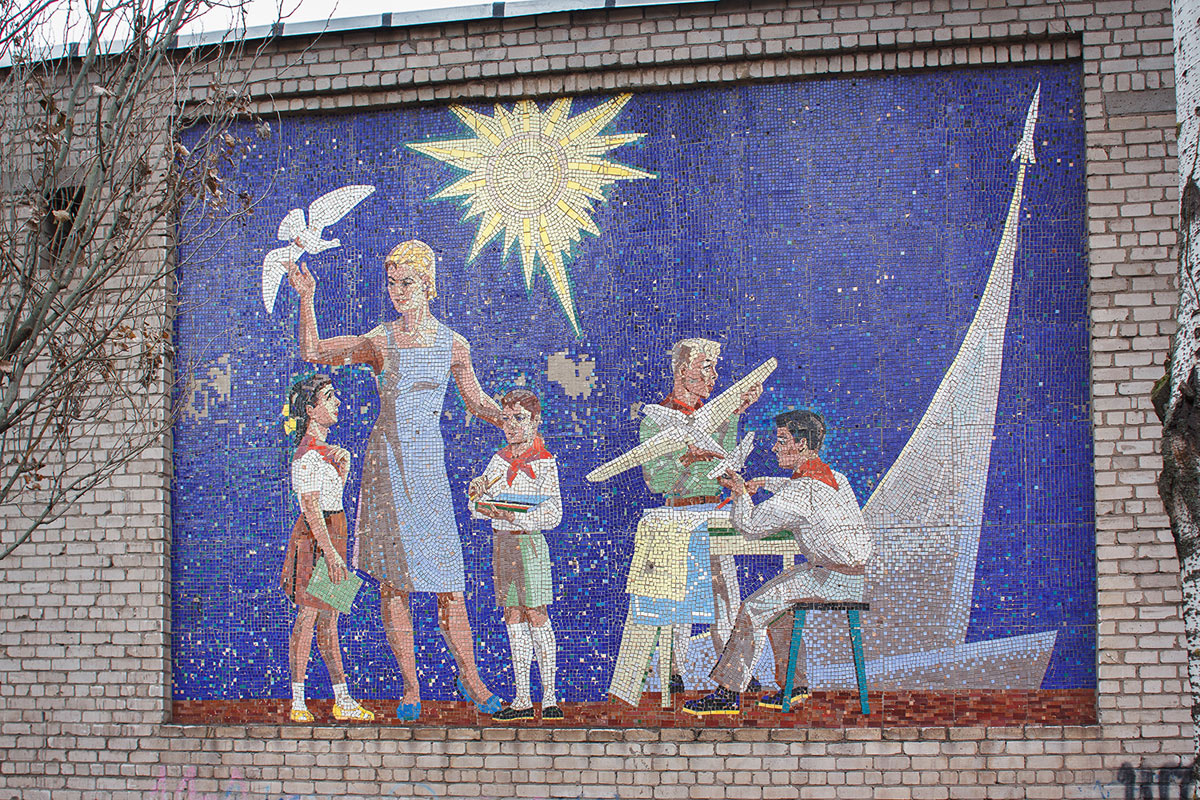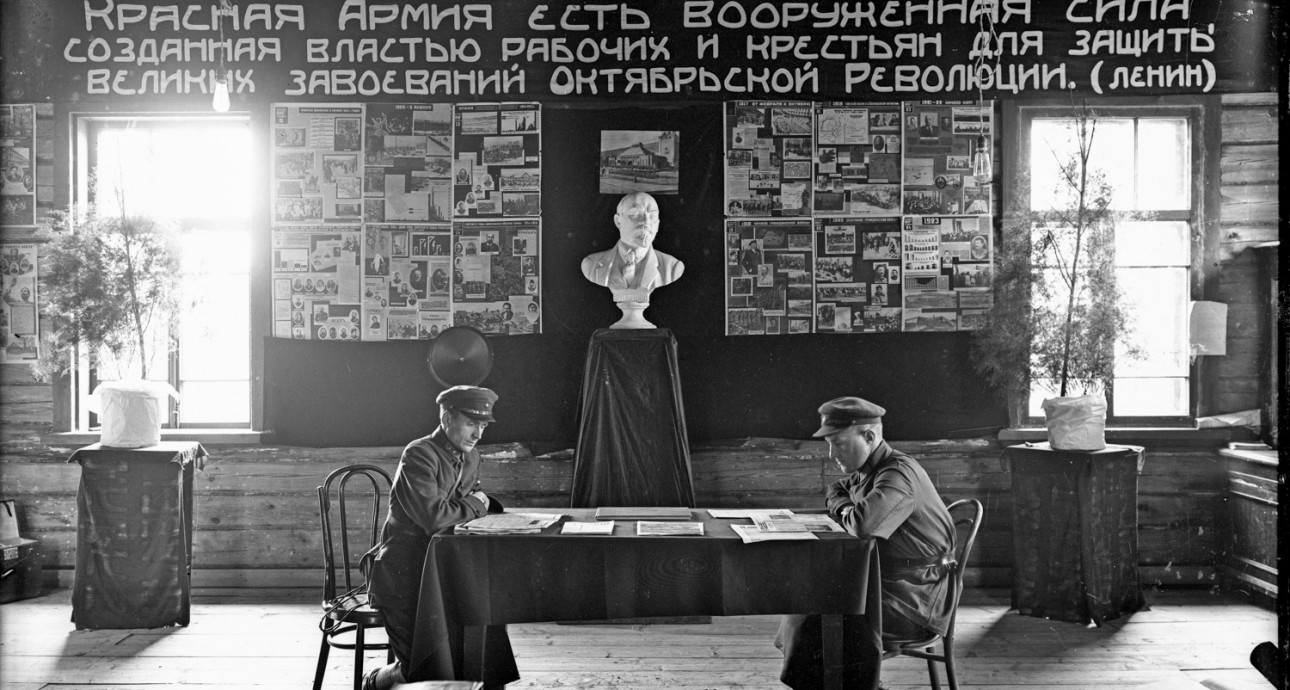
What It Looked Like: The First Soviet Years in the Russian Province
Mikhail Smodor moved to Galich in 1907 and opened a photo studio there. In 1935 he was arrested and sent to a gulag, where he worked building the Moskva River — Volga River channel. He was released early in July 1937. He died in Galich in 1944.
The archive of Smodor’s photographs was compiled by Nikolai Sotnikov, a restorer at the Galich Museum of Local History. He preserved Smordor’s glass plates that were deteriorating in the museum’s storeroom because it wasn’t possible to ensure proper storing conditions for them. The attempts to print the photographs with the help of modern chemicals did not produce good enough quality. Finally, Nikolai Sotnikov and Anna Trashchilova found a scanner, which allowed them to digitize the archive.
The following selection of photographs illustrates the establishment of Soviet authority in the provinces. The history of Galich is a typical history of many Russian towns in the early 20th century.

At first, people in Galich did not know that the power in Petrograd (modern St. Petersburg) and Moscow got into the hands of the Soviets. In 1917, there were no bolsheviks in Galich at all. The news about the coup d’etat was spread by the soldiers of the 181th regiment. They maraudered merchant Gromov’s distillery and wine warehouses.
On November 9, 1917 during the Congress of Soviets chaired by SR [social revolutionary — Ed.] Lvov Soviet rule was declared in Galich. Officials from the city and district councils protested at first, but then armed soldiers approached the building where the congress took place. Bolshevik Ledniov replaced SR Lvov as chair, he was sent to Galich a month earlier by the a then small Bolshevik organization in Kostroma. The city locals did not take any part in these events.
Special operations forces, also called ‘communist druzhinas [volunteer militia units]’ or ‘party military units’, acted as enforcement units for the Bolshevik party, who structurally were not a part of the Red Army. Their tasks included suppressing conspiracies, riots, and other counter-regime acts. The special operations forces were composed of communists, komsomol activists, and trade union members who sympathized with them. Special operations forces were created at the factory party cells [branches], district committees, city committees, and governorate committees of the Communist Party of Russia (Bolshevik).

Galich youth expresses solidarity with the Chinese people who, they were told, rose against the world imperialism.
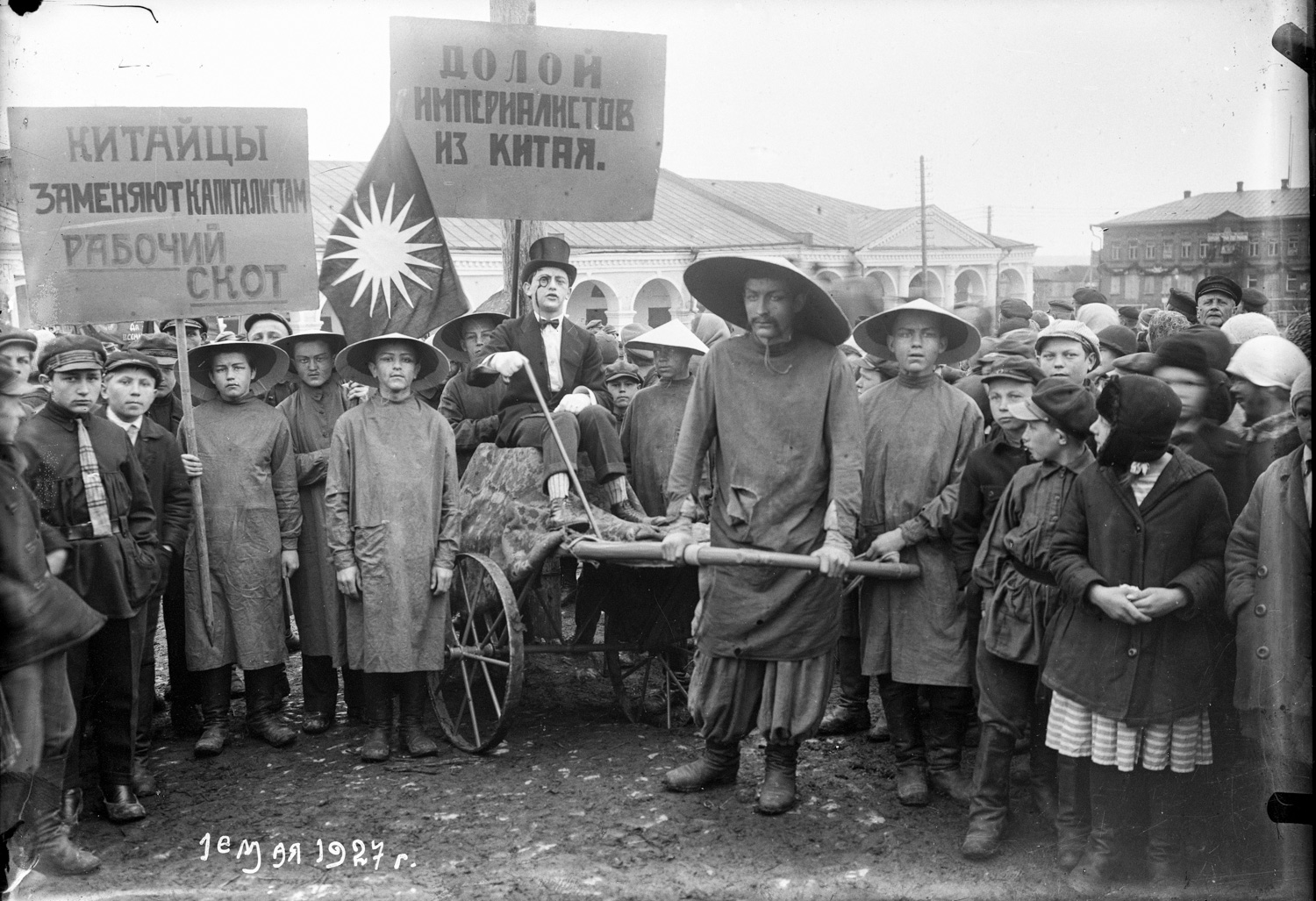
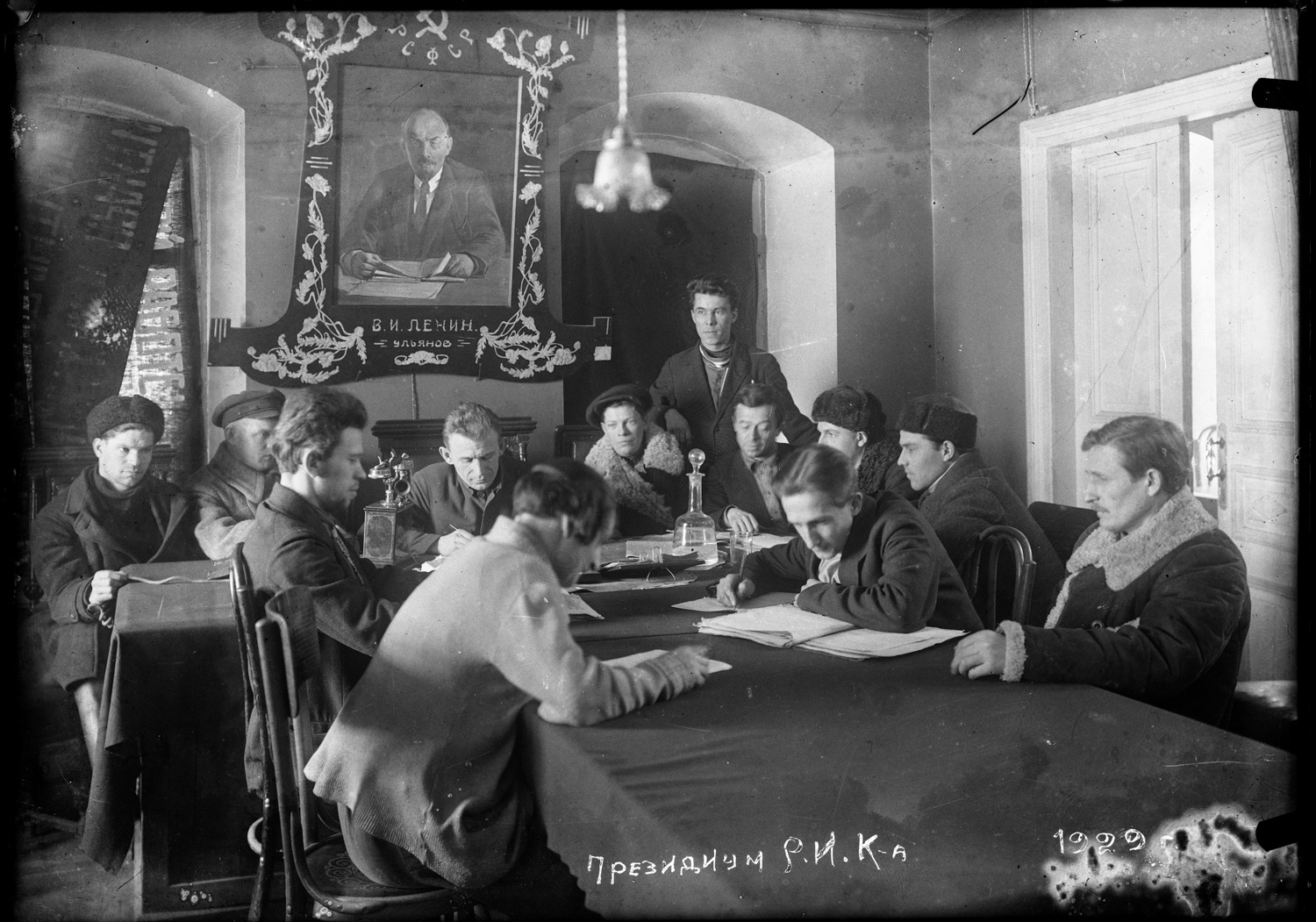
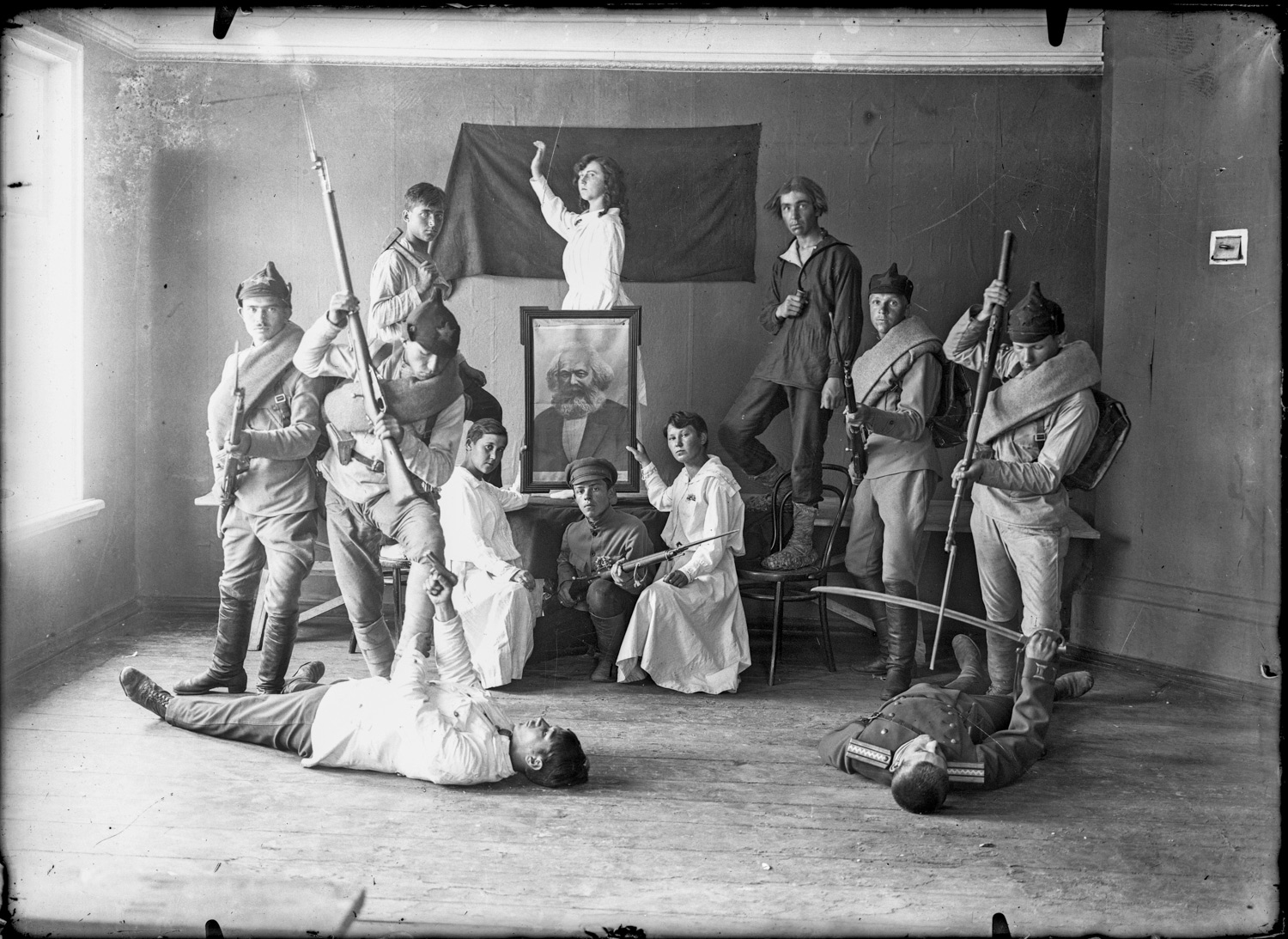
Pyramids were group performances of sports and political nature, ended with a static pose. During the pose, the participants shouted out a political or patriotic slogan.

The plane landed in the lake at the end of the Bogoyavlenskaya street where Mikhail Smodor lived. A permanent landing ground was opened in Galich on July 27, 1938, and in August of the same year regular air traffic to deliver mail to Yaroslavl started.

The red corner was a place where Bolshevik ideas were taught. People could read newspapers there, and listen to the radio that only recently came to Galich. Propagandists who received special training read lectures there.
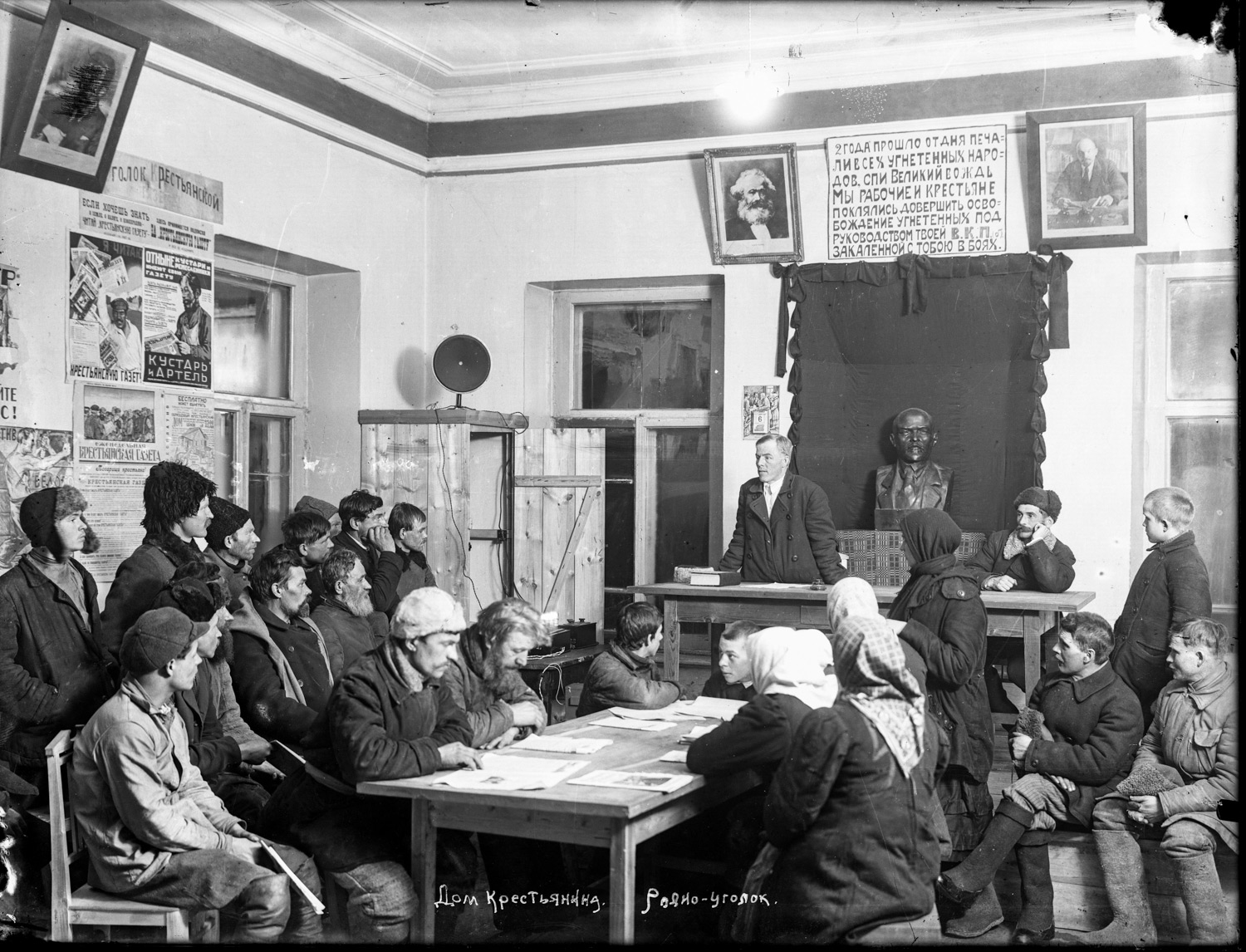
Wall newspapers were in high demand: it was a source of information for the citizens, who also participated in designing them. The contests of wall press became a tradition in Galich and continued into the 1960s, until the school broadcasting centers were installed in schools.
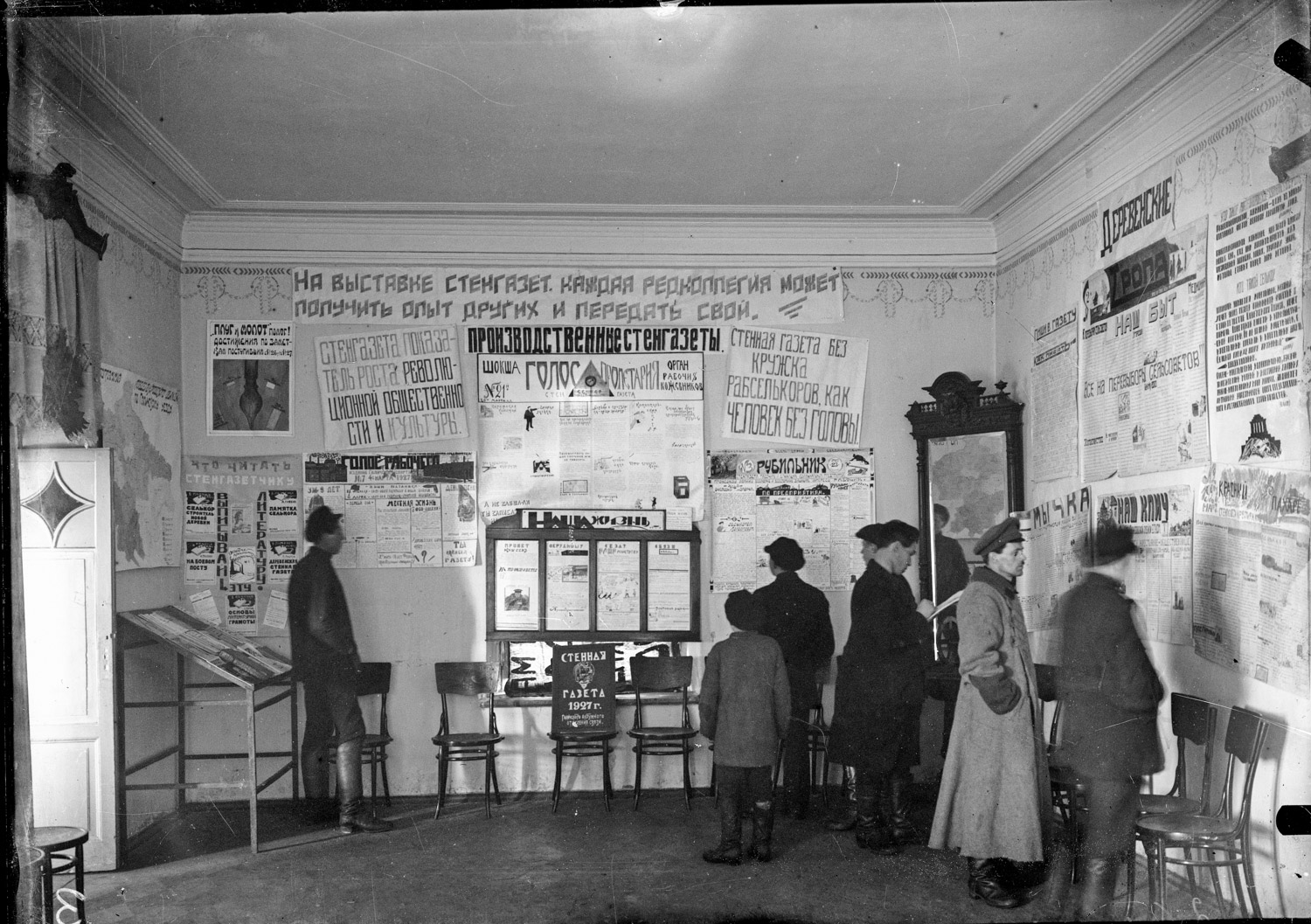
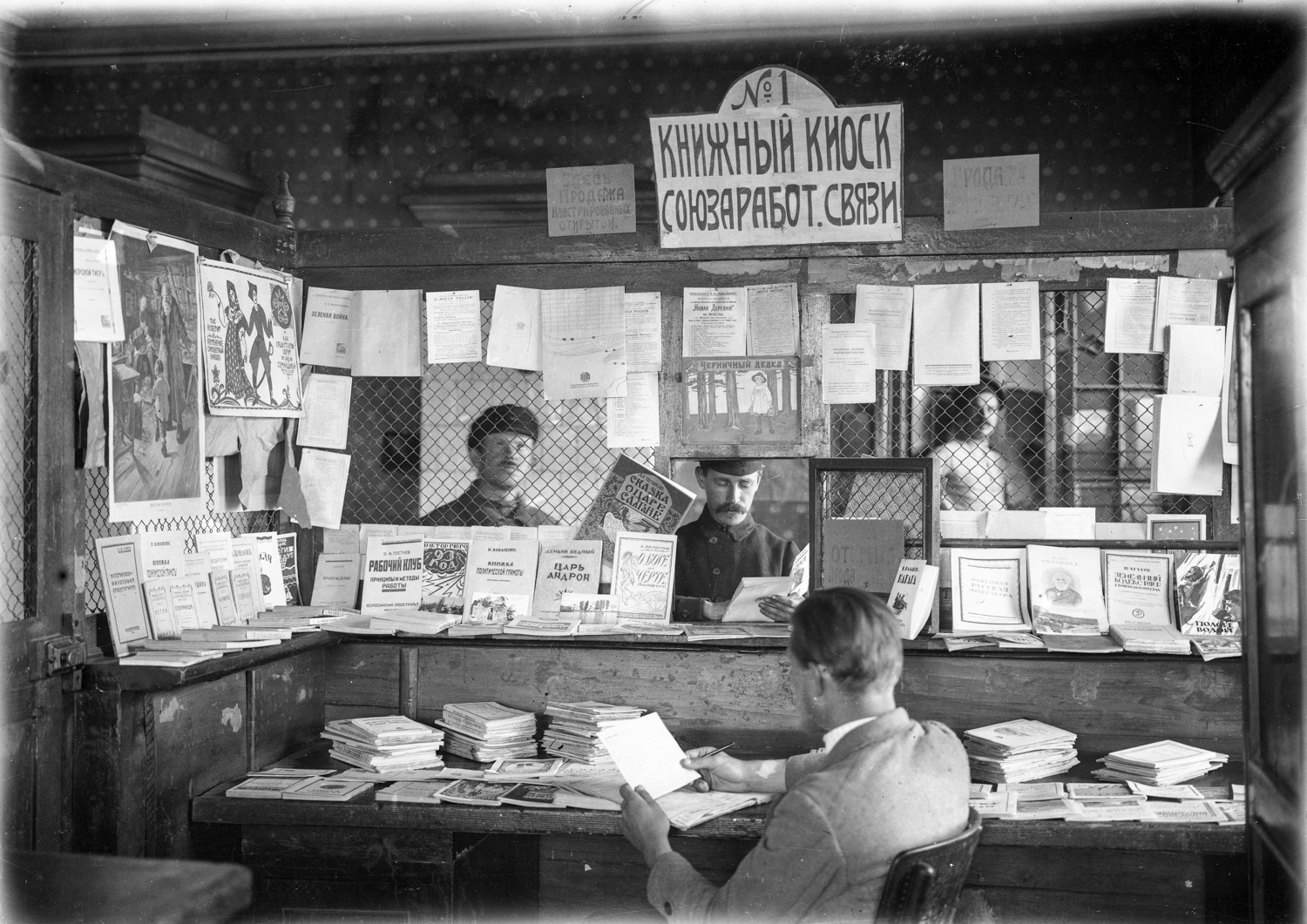
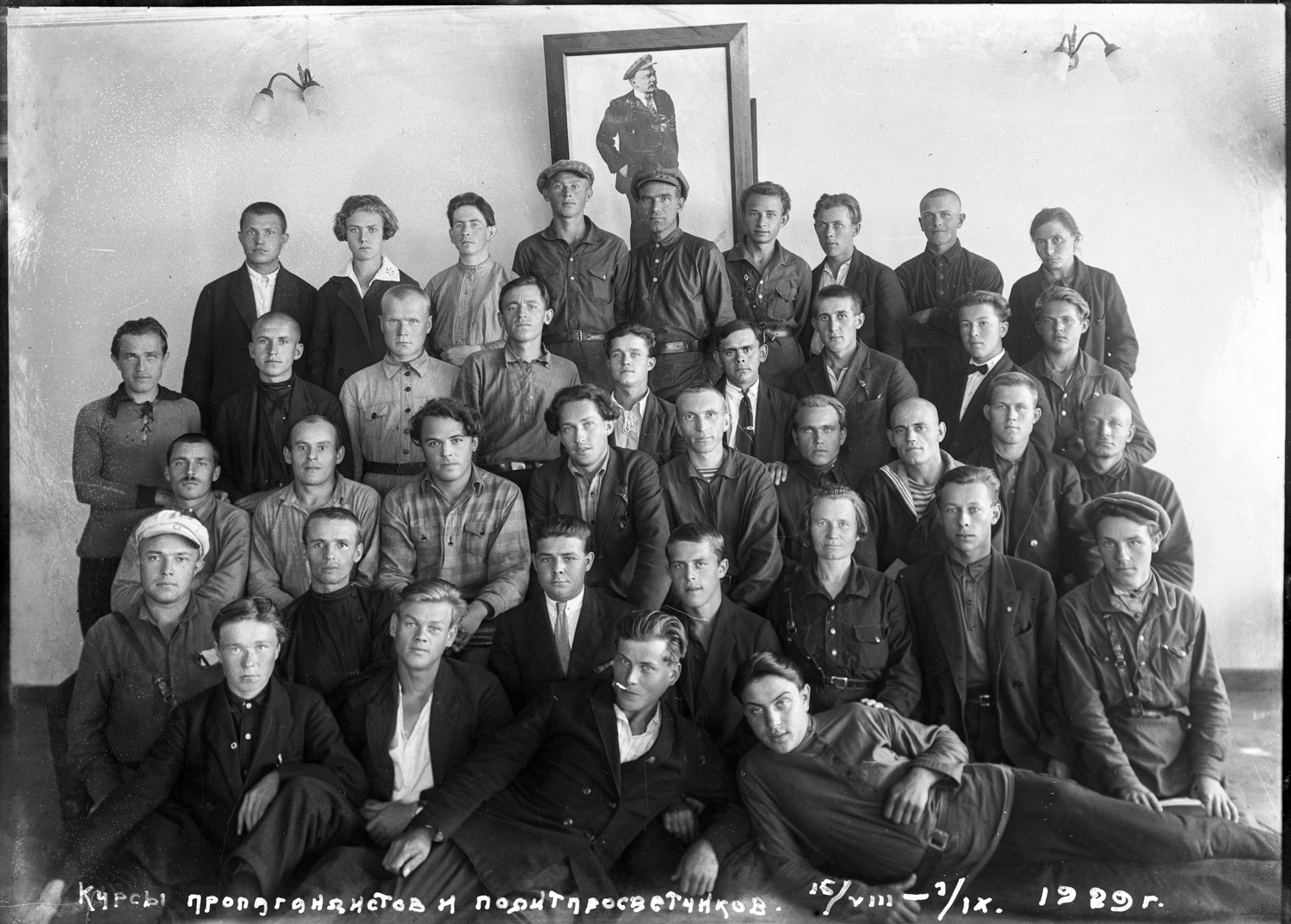
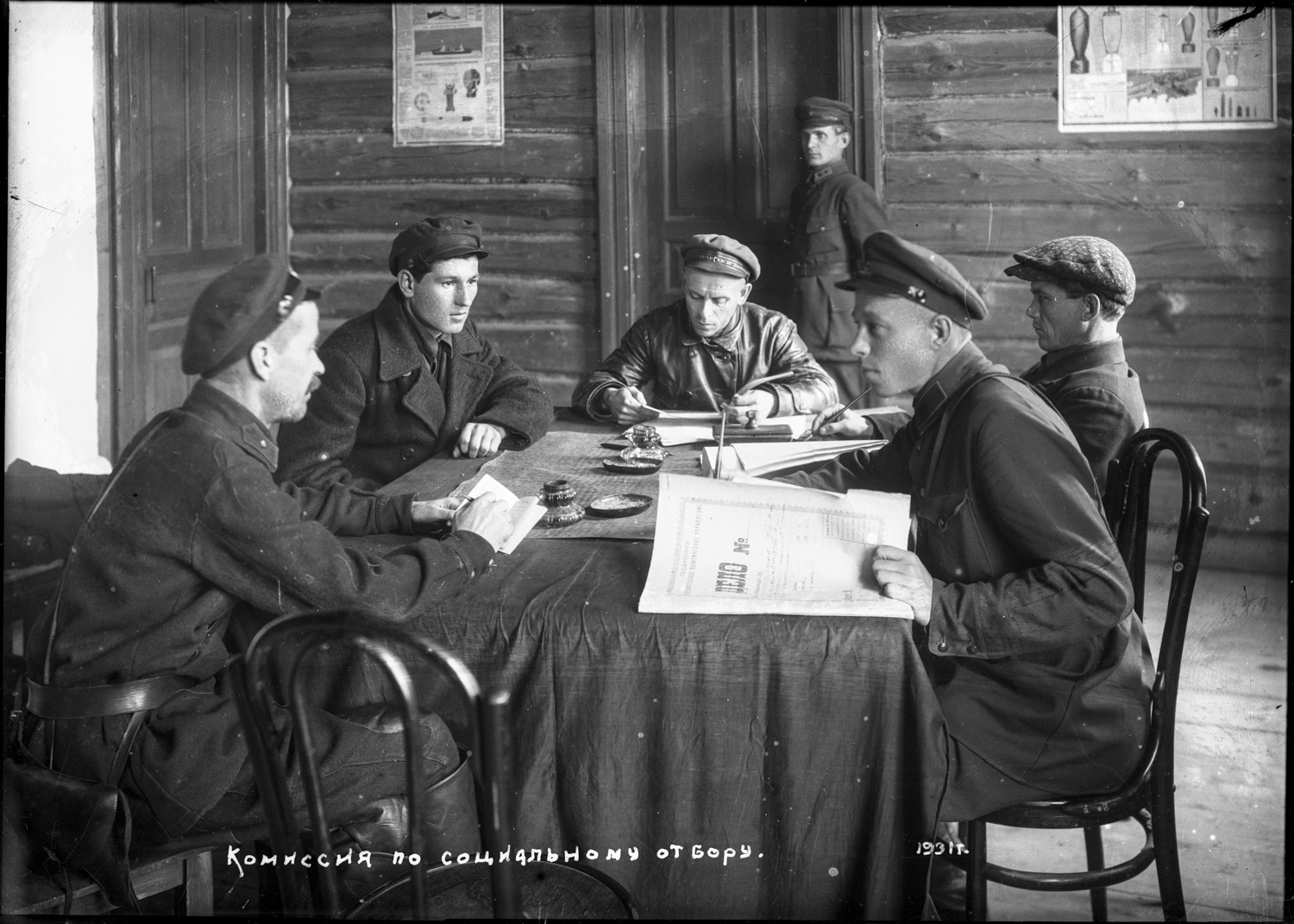
In the foreground, with a cigarette between his teeth, is the party official. A crowd of adolescents around him are probably children from the orphanage, which was housed in the Starotorg monastery even before the Revolution of 1917.
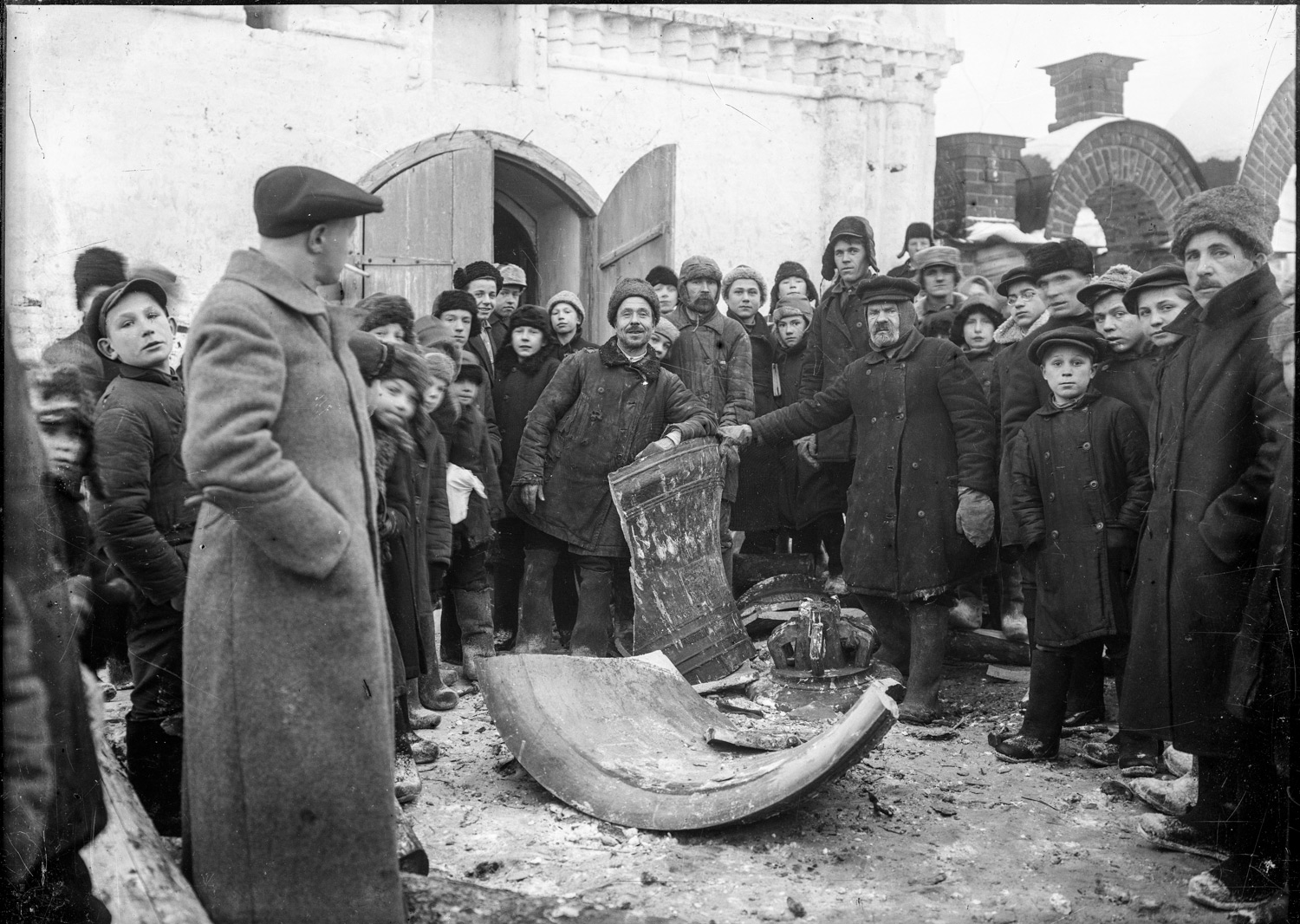
In 1918, the Society for Mothers with Many Children. Judging by the age of the women, they brought their youngest children to participate in the competition. People in Galich usually had between 3 and 9 children.

In spring 1923, the children’s community center that was established in Galich back in 1917 was turned into a pioneers organization. Pioneer leaders were chosen from komsomol activists.
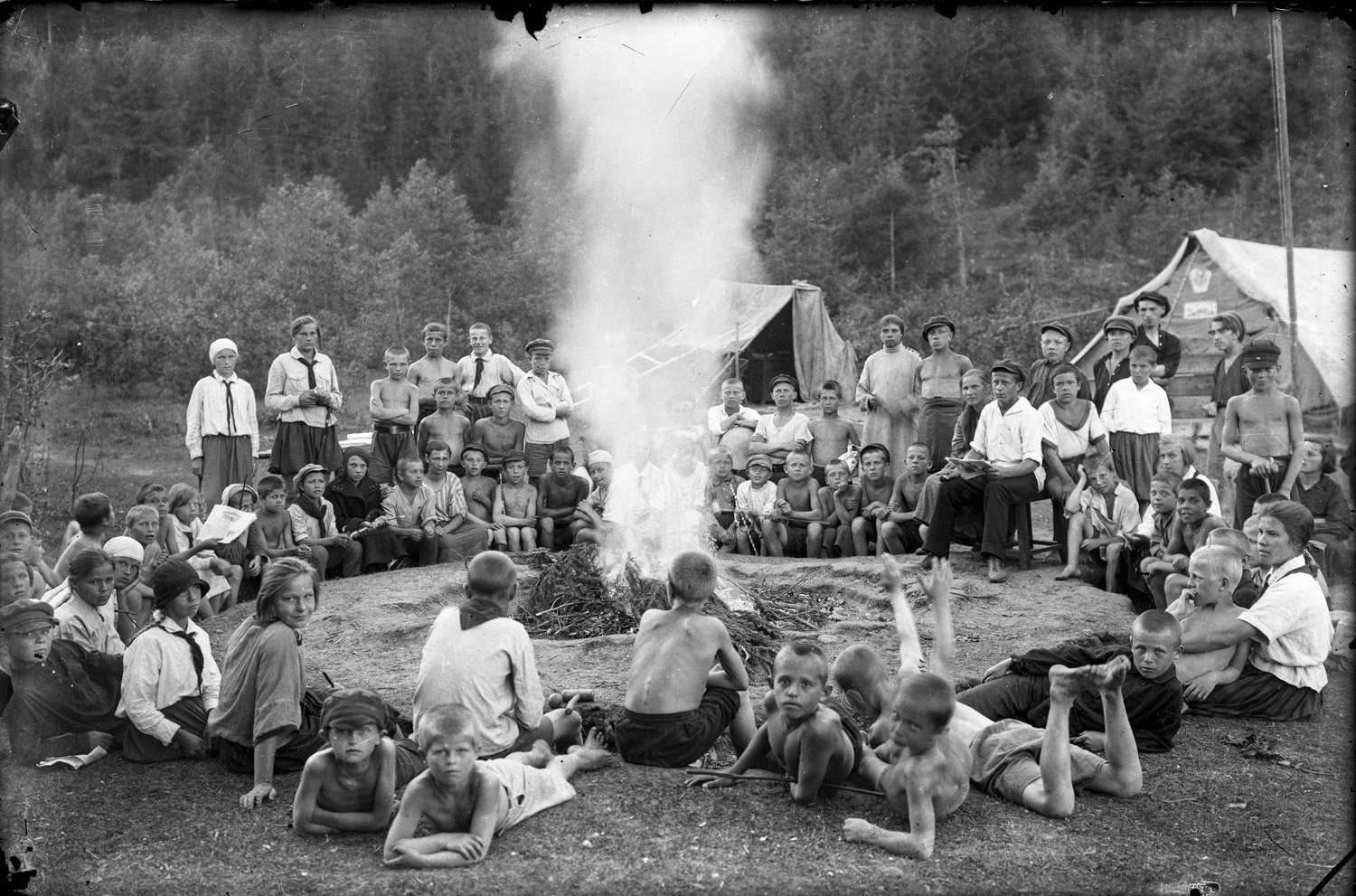
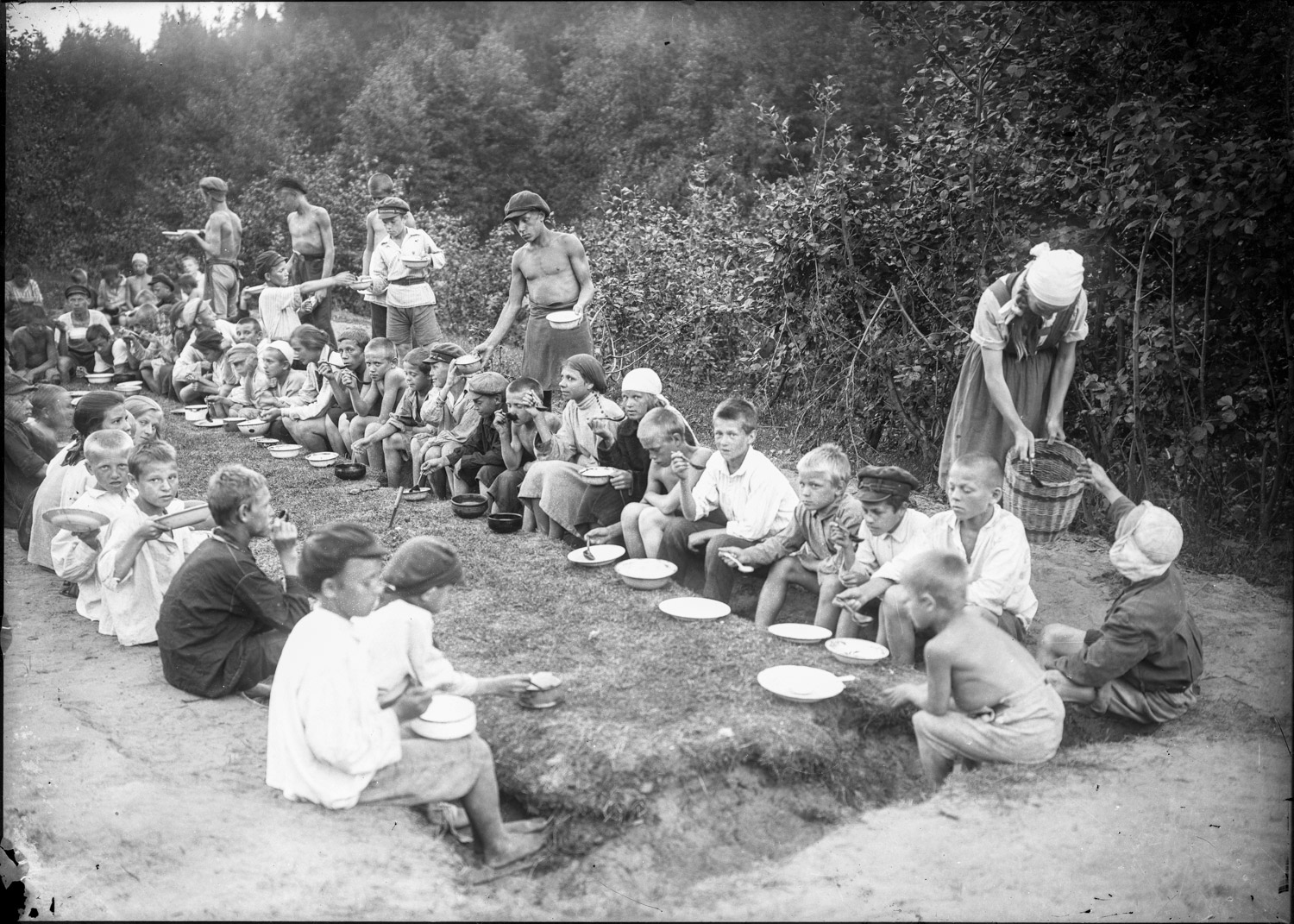
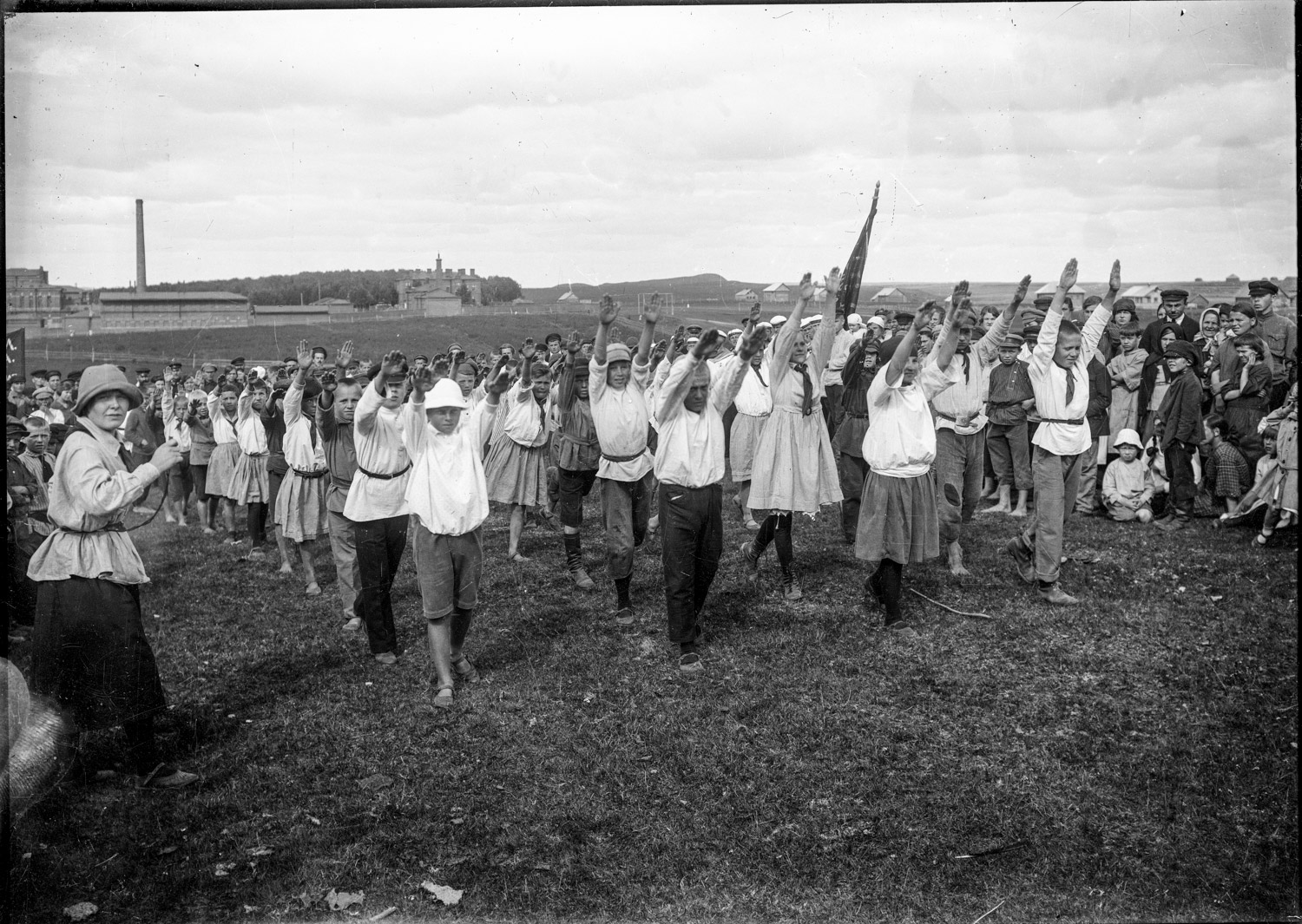
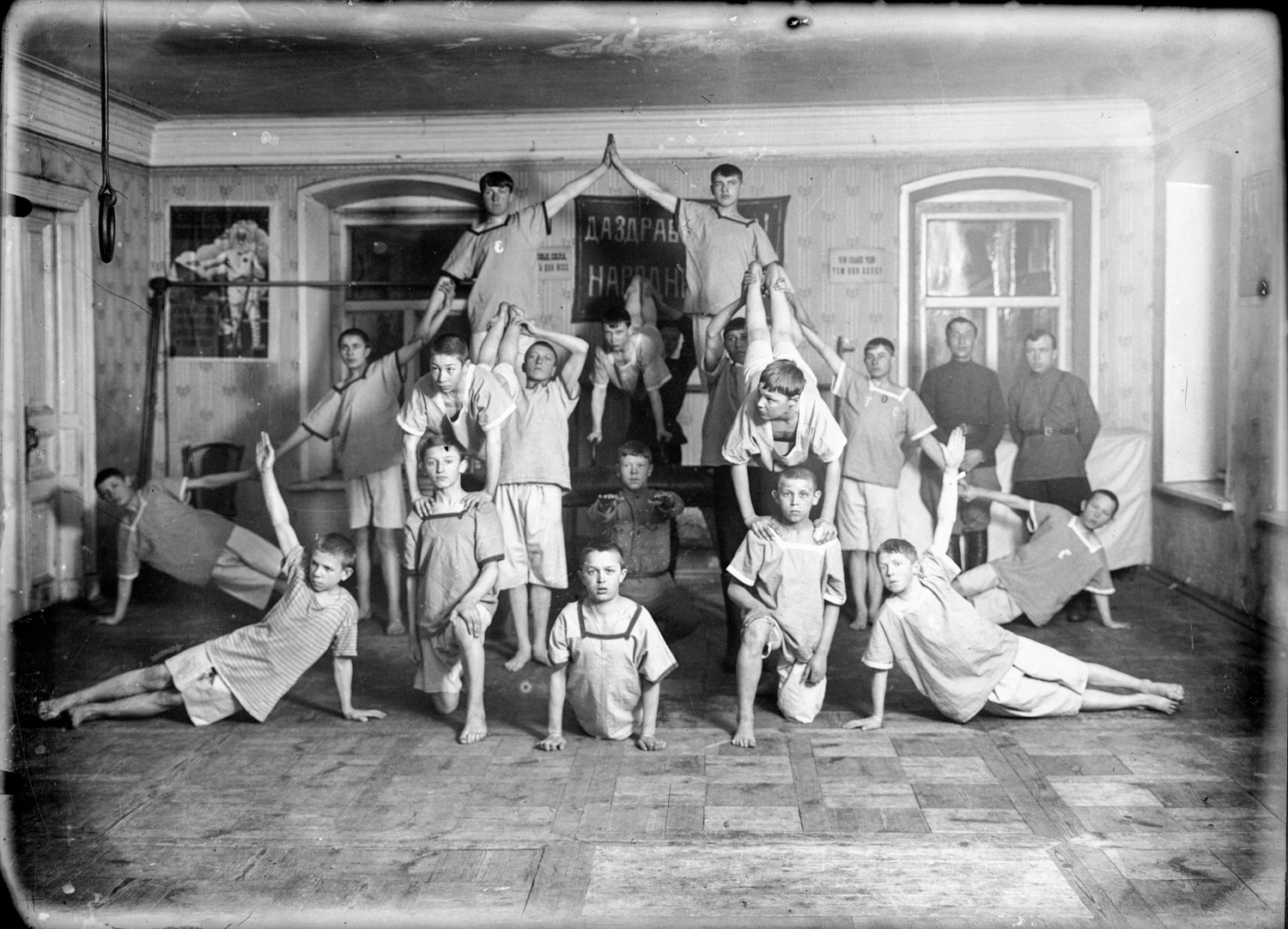
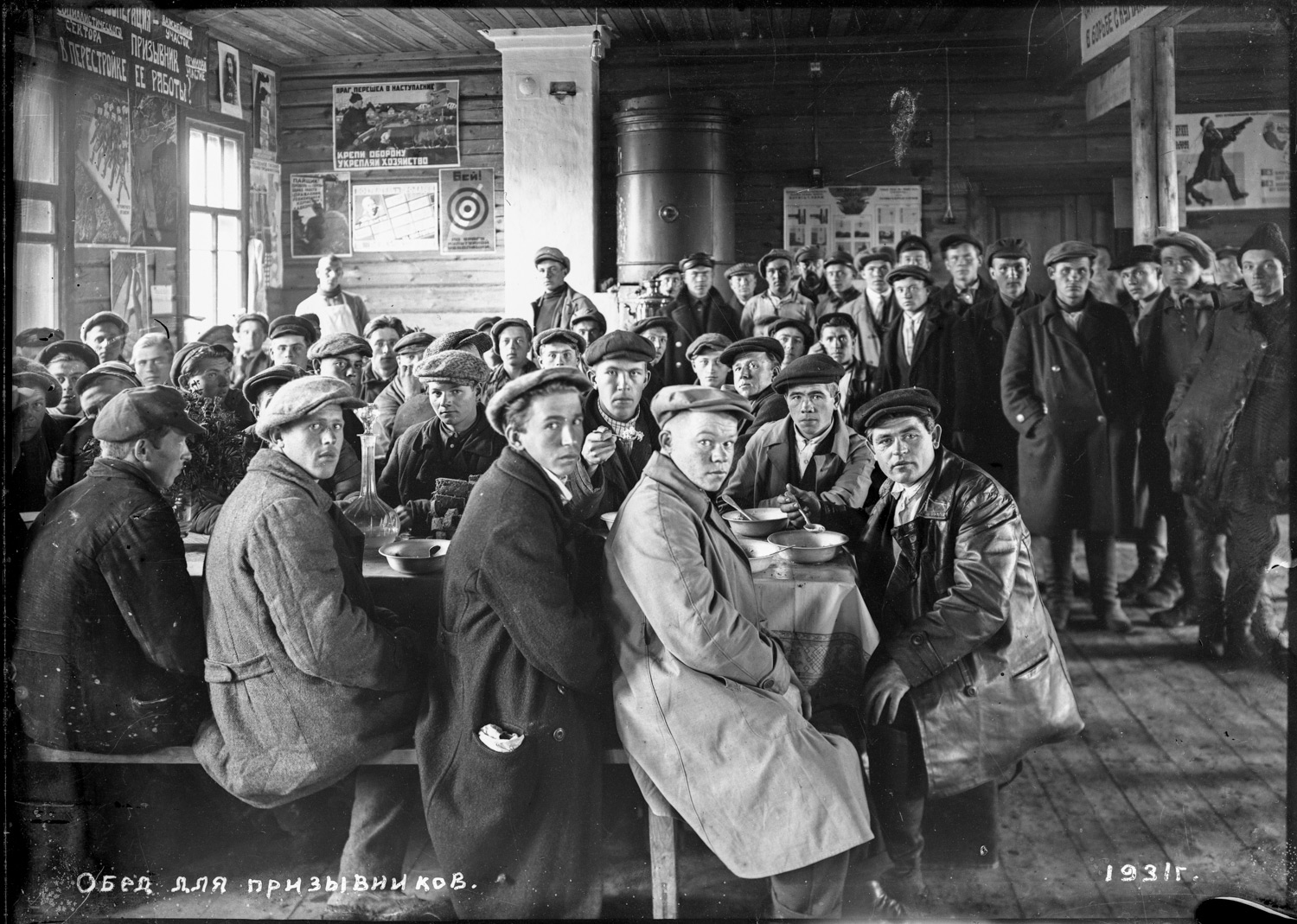
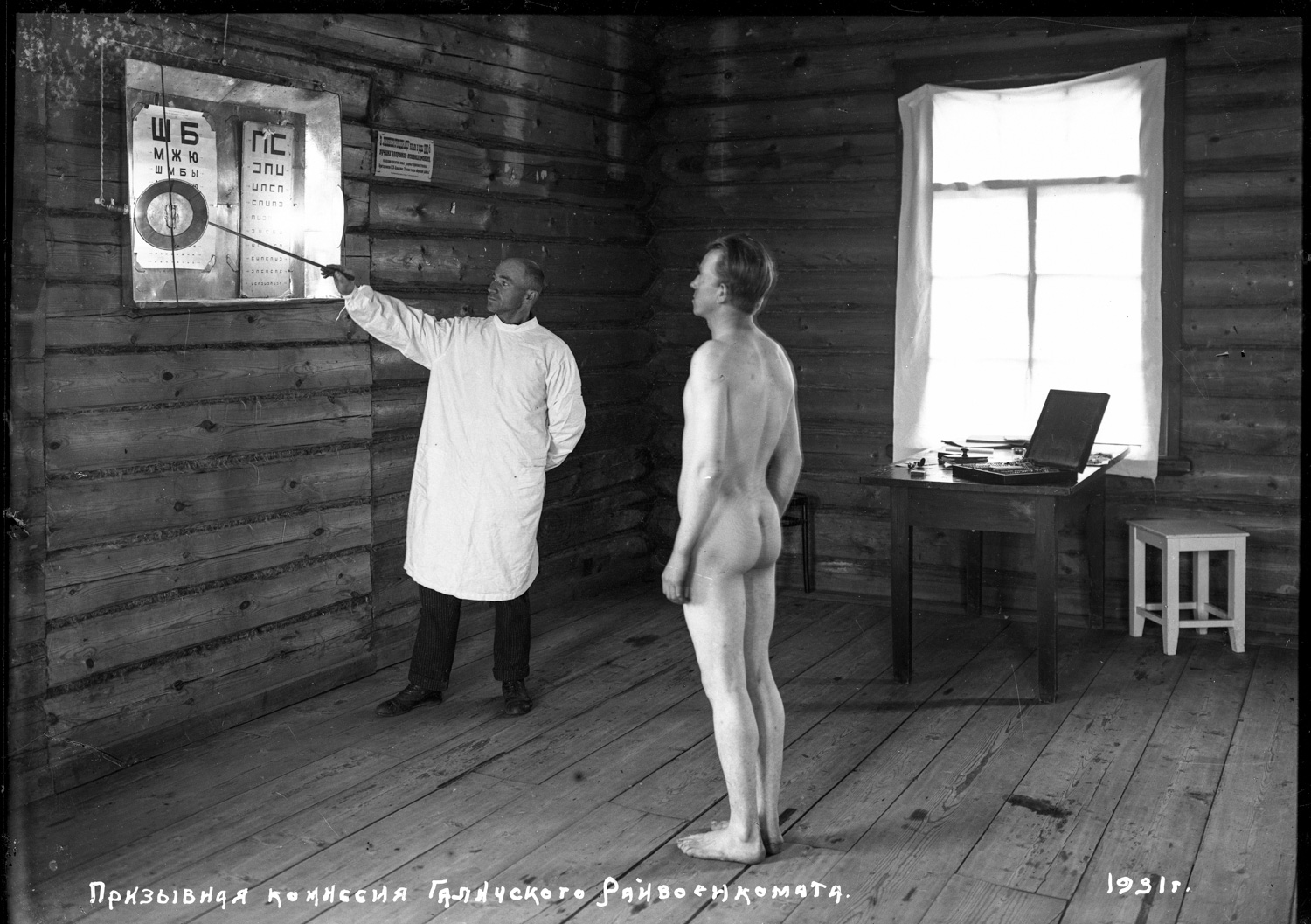
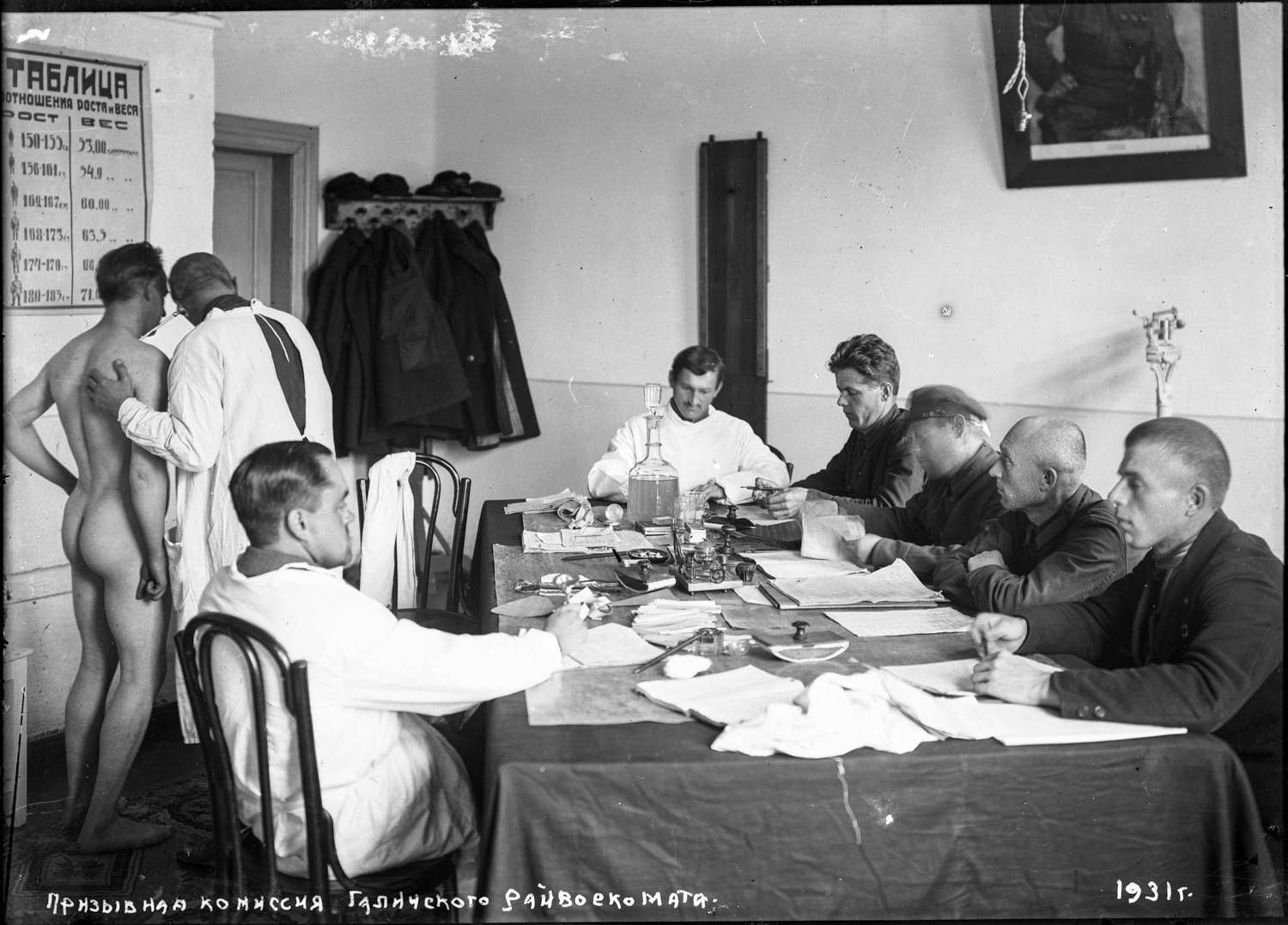

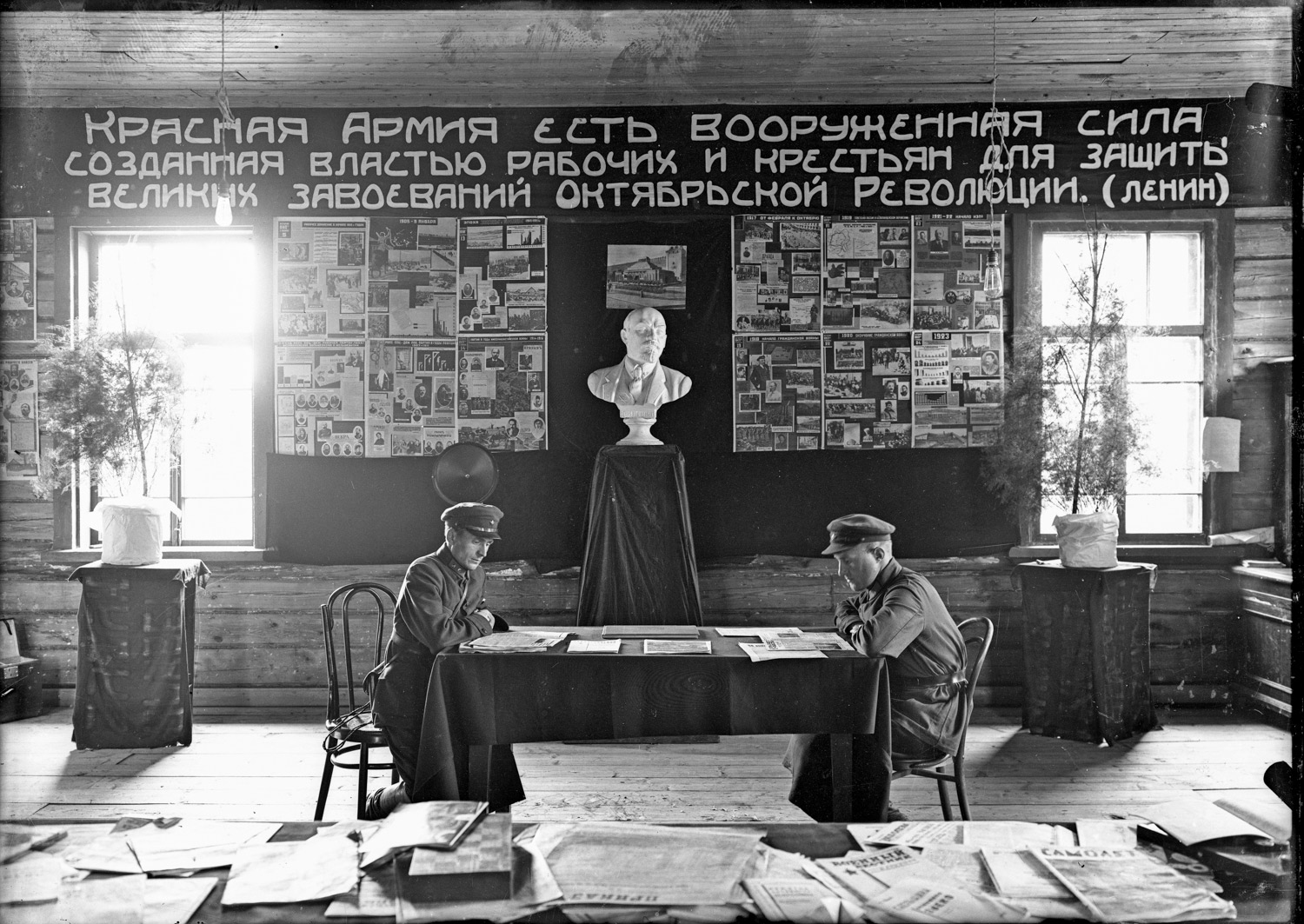
Top center — Bolshevik Ledniov, dispatched from St. Petersburg; top left — Dolmatov, dispatched from Kostroma; top right — the 181th regiment commissar Kukushkin.

All photos credit Mikhail Smordor courtesy Galich Local History Museum.
New and best
